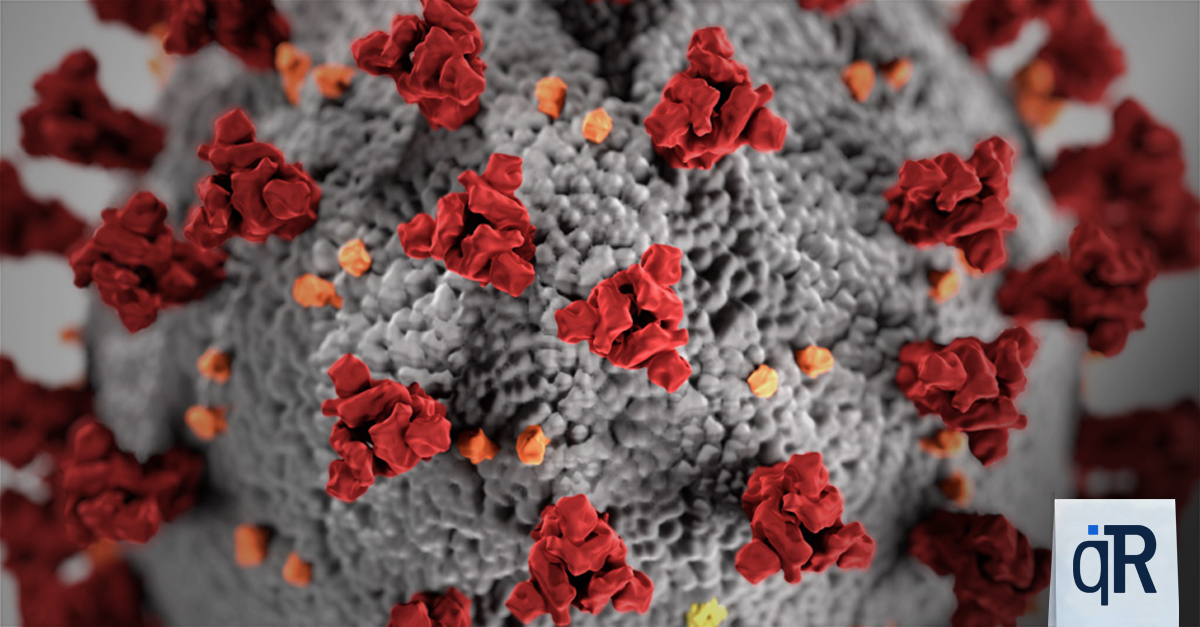After COVID: Why contactless menus are still a great bet
Business Coronavirus Health and Safety Restaurant Menus
We’re all looking forward to when the coronavirus pandemic is finally over and we can all return to one of the most popular social activities — sharing a good meal with friends and family in the relaxing atmosphere of our favorite restaurant.
Even as the world sees diminishing coronavirus cases, there are still plenty of reasons to keep your contactless menus around to help keep your customers safe and healthy (and cut down on costs as your business starts to mount its comeback).
While there is some limited research that questions how long coronavirus can remain viable on surfaces such as paper, there are plenty of viruses and bacteria that are proven to live on a wide variety of surfaces.
As a restaurant owner, you know all about the numerous surfaces in a restaurant you need to keep clean every day and that reusable menus can be one of the hardest surfaces to keep clean.
Laminated menus are a great way to make menus last longer and keep cleaner — but there’s some surprising issues with wiping down menus between each customer using it:
- The cleaning solution has to be rated to kill the viruses or bacteria in question — and not all products are capable of destroying all pathogens.
- The cloth or paper towel used to clean the menu has been to clean to avoid spreading microbes from menu to menu, especially when many are being cleaned at once.
- Cleaning cloths can spread germs from one menu to another. In some cases, improperly cleaned and stored cleaning cloths can also harbor molds or similar organisms.
- Many cleaning products have specific directions that should be followed to ensure maximum effectiveness, such as leaving the product on the surface for up to 10 minutes, which can be difficult to track and time.
- Many restaurant store menus in holders or racks that can cause them to come into contact with other menus that may or may not have been cleaned adequately or touched since they were cleaned.
- Menus typically must be touched between the time they are cleaned and stored and before they make it into customers’ hands, introducing another potential touchpoint.
- Even if your staff is wearing gloves and washing or sanitizing hands regularly, it is still possible to spread germs from hand to hand contact if gloves or hands come into contact with a pathogen later (in fact, hand to hand contact is one of the most common ways germs are spread, including the dreaded norovirus).
The fact of the matter is that germs will always be around.
Even if we are somehow able to rid the world completely of coronavirus and similar pathogens, there are numerous other pathogens that still exist.
For example, one study showed that checkout screens such as POS touchscreens can have over 4,000 germs per square inch — and it would be essentially impossible to have your team wash their hands or change gloves every time their touched the POS and then went to touch a menu or other item a customer could touch later (not to mention the cost and waste that would generate).
With contactless menus, customers only touch their own devices. They access your menu by scanning a QR code — that they can typically do from several feet away at minimum — eliminating the need to always be passing out, collecting and cleaning menus.
This means they only ever touch their own mobile devices — rather than a laminated or reusable paper menu. There are studies that show cell phones are some of the dirtiest surfaces that most people will come into contact during the course of the day, but at least with a contactless menu solution they can end up keeping their germs mostly to themselves.
Contactless menus also make sense in a post-COVID world because you don’t need to reprint your menus every time you find a typo, need to change prices or discontinue an item. Sure, you can always ink in a correction or scribble something out, but that often looks amateurish and the ink can wear off, leading to confusion.
Reprinting menus can cost hundreds or even thousands of dollars, depending on how complex your design is.
Some restaurants have switched to single use paper menus during the pandemic — often printed on simple printer or copy paper and printed in house, at a copy shop or local printer. However, because, by definition, these menus aren’t designed to be used more than once, there’s a whole lot of waste being generated.
If a menu gets stained or wet, it might become harder to recycle. That’s also assuming all of the menus end up in the recycling — something that a busy restaurant (which will hopefully be coming soon!) bus staff might find difficult to maintain.
Even if every menu is recycled, there’s still a significant carbon footprint from manufacturing the paper (whether from recycled material or trees), shipping it, printing it and delivering it your restaurant — and then recycling it again.
So, ultimately, the reducing the dependency on single use menus is definitely the way to go if you’re looking to stay green.


